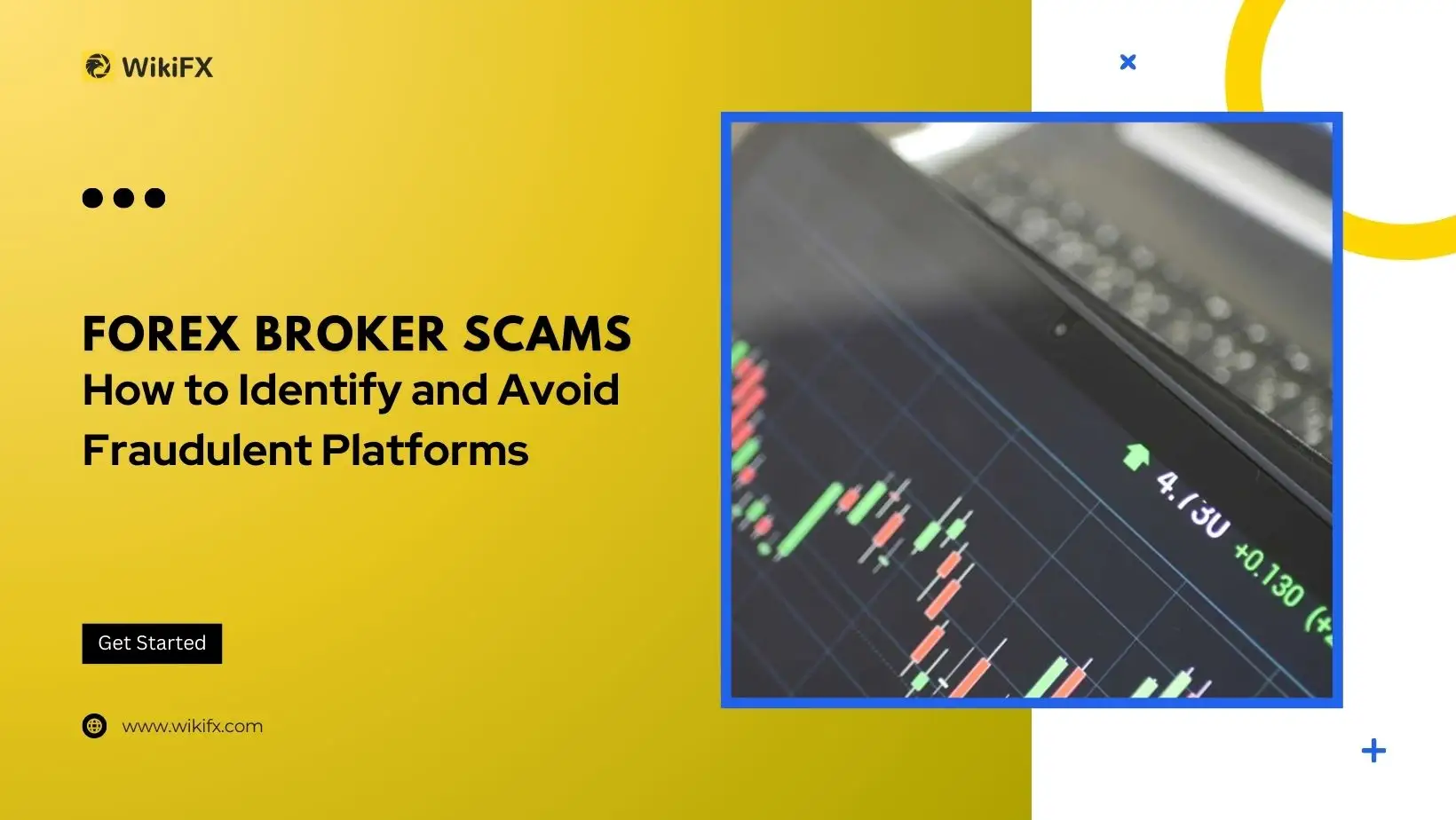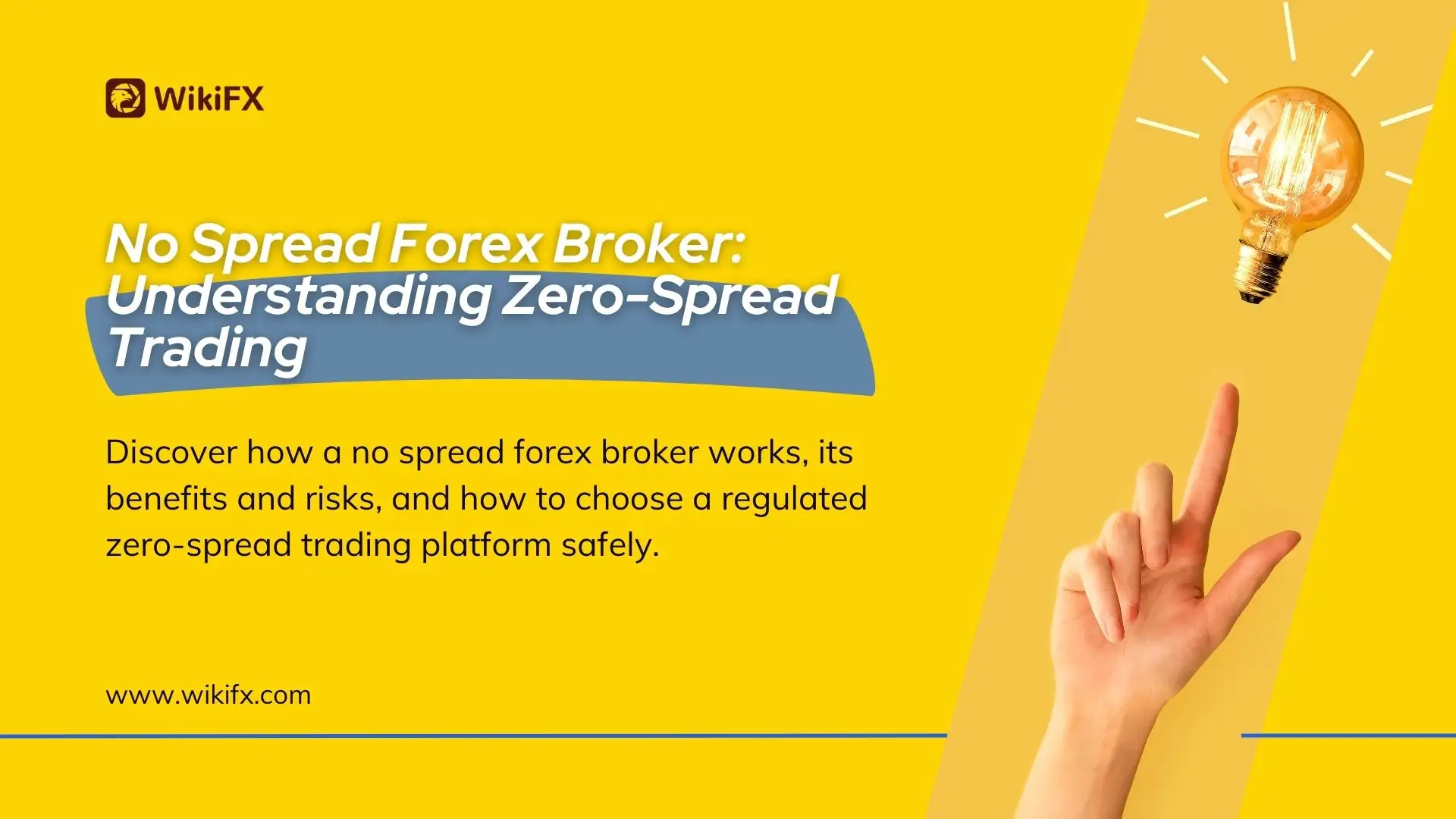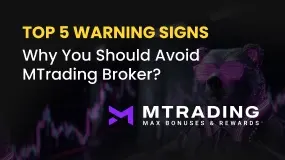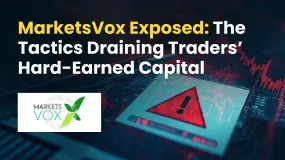简体中文
繁體中文
English
Pусский
日本語
ภาษาไทย
Tiếng Việt
Bahasa Indonesia
Español
हिन्दी
Filippiiniläinen
Français
Deutsch
Português
Türkçe
한국어
العربية
Forex Explained in 60 Seconds: How It Works & Who Profits
Abstract:Before diving into the forex market, it’s crucial to understand its mechanics, risks, and profit potential. Without a clear grasp of how forex operates, you risk losing money instead of making it. Here’s a concise breakdown to help you navigate this dynamic financial market.

Before diving into the forex market, it‘s crucial to understand its mechanics, risks, and profit potential. Many traders jump in, lured by stories of quick wealth, only to realise that success requires knowledge, strategy, and discipline. Without a clear grasp of how forex operates, you risk losing money instead of making it. Here’s a concise breakdown to help you navigate this dynamic financial market.

The foreign exchange (forex or FX) market is the largest financial market in the world, with a daily trading volume exceeding $7 trillion. Unlike stock markets that trade on centralised exchanges, forex operates over-the-counter (OTC), meaning currencies are traded electronically across global financial centres. Participants include banks, hedge funds, corporations, governments, and retail traders. Trading takes place 24 hours a day, five days a week, as major financial hubs in London, New York, Tokyo, and Sydney overlap.
Forex trading involves buying one currency while simultaneously selling another. Currencies are quoted in pairs (e.g., EUR/USD, GBP/JPY), where the first currency is the base, and the second is the quote. If a trader believes the base currency will strengthen against the quote currency, they buy the pair; if they expect it to weaken, they sell.
Trades are executed through brokers or trading platforms, often with leverage—a tool that allows traders to control larger positions with a fraction of the capital. However, leverage amplifies both potential gains and losses, making risk management essential.

Forex brokers make money in several ways. Most charge a spread—the difference between the bid (buy) and ask (sell) price. Some also charge commissions per trade or profit from traders' losses through a dealing desk model.
On the other hand, retail traders aim to profit from price fluctuations by speculating on market movements. Successful traders rely on technical analysis (charts and indicators), fundamental analysis (economic events and news), and risk management strategies. However, due to market volatility and high leverage, many retail traders lose money rather than turn a profit.

The forex market itself is not a scam. In fact, contrary to general beliefs, it is a legitimate financial marketplace. However, due to its decentralised nature, it has attracted scams in the form of fraudulent brokers, Ponzi schemes, and misleading ‘get-rich-quick’ trading courses. The key to staying safe is choosing a well-regulated broker (licensed by the FCA, CySEC, or another reputable authority) and avoiding unrealistic profit promises.
Forex trading offers vast opportunities, but it is not a shortcut to wealth. Education, strategy, and risk management are vital for success. Before risking real money, traders should practise on demo accounts and understand the markets complexities. With the right approach, forex can be a rewarding endeavour, but only for those who treat it with the respect and knowledge it demands.

Disclaimer:
The views in this article only represent the author's personal views, and do not constitute investment advice on this platform. This platform does not guarantee the accuracy, completeness and timeliness of the information in the article, and will not be liable for any loss caused by the use of or reliance on the information in the article.
Read more

Forex Broker Scams: How to Identify and Avoid Fraudulent Platforms
Discover how a no spread forex broker works, its benefits and risks, and how to choose a regulated zero-spread trading platform safely.

No Spread Forex Broker: Understanding Zero-Spread Trading
Discover how a no spread forex broker works, its benefits and risks, and how to choose a regulated zero-spread trading platform safely.

Top 5 Warning Signs- Why You Should Avoid MTrading Broker?
Before choosing a forex broker, it's crucial to spot red flags that could cost you. MTrading has raised concerns among traders, including delayed withdrawals, poor customer support, and questionable transparency. Users also report issues like slippage and platform glitches, which can harm your trading performance. In this article, we highlight the top 5 warning signs that explain why you should avoid MTrading broker and choose a more reliable alternative.

MarketsVox Exposed: The Tactics Draining Traders’ Hard-Earned Capital
Seeing MarketsVox as a forex broker, which can help you earn monumental profit on your investments? You have set your sights on the wrong option, unfortunately. The forex broker has been disallowing withdrawals, charging a much higher spread, and duping many traders under the pretext of high returns. Read on!
WikiFX Broker
Latest News
Datuk Seri Linked to RM8.4 Million Gold Investment Scam Under Police Probe
The Psychology Behind the Ascending Triangle Pattern in Forex
Charles Schwab Forex Review 2025: What Traders Should Know
The Global Inflation Outlook
What WikiFX Found When It Looked Into XS
ASIC Regulated Forex Brokers: A Comprehensive 2025 Guide
Is TradeEU Reliable in 2025?
Professional Forex Trading: Skills, Tools, & Strategies for Success
Investing in OnFin? Absurd Withdrawal Conditions & Trade Manipulation May Spoil Your Trading Mood
How Commodity Prices Affect Forex Correlation Charts
Currency Calculator


